A monocular is a type of telescope — an optical device that magnifies distance objects using curved lenses or mirrors that gathers and focuses light or other forms of infrared radiation (in the case of digital, night vision and thermal devices) and to produce an image. Monoculars only have one eyepiece for viewing with one eye. Monoculars are more compact, lighter weight and more cost-effective than binoculars.
A (Very) Brief History of Telescoping Optics
A German-born optician named Hans Lippershey is credited with the invention of the first telescoping device. His first experiment was very simple—two lenses held together to magnify objects further away. He called it a “looker.”
In 1608, he filed a patent for his magnifier with the Dutch government but was rejected because the design of the device was too simple. His patent was published which led to many developments in the world of magnified optics.
In 1609, Galileo Galilei used Lippershey’s patent to create a high magnification telescope to view space. His had a magnification range of 3-10x. Though telescopes are mostly used for astronomy, the earliest magnified optics designed throughout the 1700s were primarily for nautical and military uses.
What Do the Numbers on a Monocular Mean?
The most important numbers in the specifications of a monocular are the magnification range and the objective lens—which are displayed like this: 8x32mm. The magnification can be either single or in a range, displayed as such: 4-16x.
The magnification (x) is the measurement of how much larger the object appears than what you see with your naked eye. As in the example above, the object is magnified 8 times. Though larger magnifications allow you to see objects much further away, it will decrease your field of view and requires a bigger optic.
The objective lens is the eyepiece located furthest away from your eye. Its diameter is measured in millimeters. The larger the objective lens, the better it gathers light, providing a brighter image. However, the quality of the lens of the monocular matters more in the clarity of the picture. Also, the larger the objective lens, the bulkier the monocular.
A larger monocular will be harder to hold steady for longer periods and more difficult to keep in focus—essentially defeating the purpose of a monocular.
Uses for Monocular
One of the greatest benefits of a monocular is the size. Monoculars are compact and lightweight. Some are even the size of a writing pen! Many monoculars will fit in your pocket and though there are compact, pocket-size binoculars, quality is (usually) significantly comprised.

Monoculars are perfect for short term scanning, scouting and viewing while:
- Hiking
- Camping
- Hunting
- Boating
- Watching concerts, sporting events, opera, ballet and other performances
Specialized monoculars like night vision, thermal and digital are used in law enforcement and military applications, especially when doing surveillance or searching for suspects in the dark.
There are many benefits to using a monocular vs. binoculars:
- Because of their size, hikers, backpackers and campers can easily carry them without compromising weight.
- Since you view using only one eye, you still have a very wide field of view and can remain situationally aware.
- Monoculars are very easy to use with simple focus adjustments.
- You can use most monoculars one-handed.
- Monoculars are less expensive to make, so you get more value per dollar, especially if you are shopping for high-end and specialty monoculars like Pulsar’s thermal Axion monocular.
There are only a few reasons why you should pick binoculars over a monocular when it comes to your outdoor adventures — hunters and bird or wildlife watchers who must scout for long periods will feel more comfortable using binoculars.
Source of information
 Thermion 2 LRF XL50
Thermal Imaging Riflescope
Thermion 2 LRF XL50
Thermal Imaging Riflescope
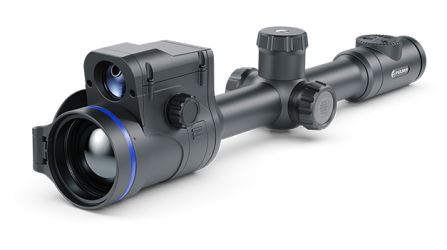 Thermion 2 LRF
Thermal Imaging Riflescopes
Thermion 2 LRF
Thermal Imaging Riflescopes
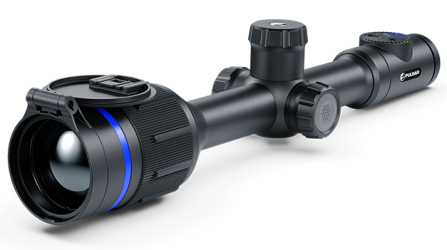 Thermion 2
Thermal Imaging Riflescopes
Thermion 2
Thermal Imaging Riflescopes
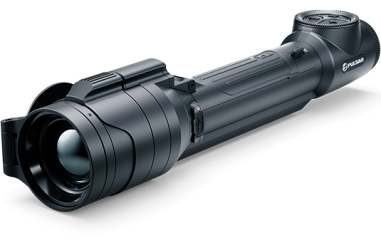 Talion
Thermal Imaging Riflescopes
New
Talion
Thermal Imaging Riflescopes
New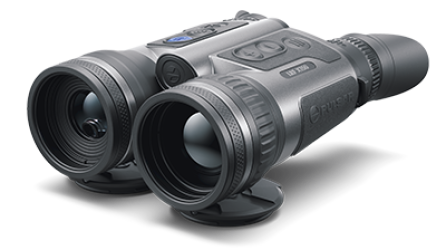 Merger LRF XT50
Thermal Imaging Binoculars
Merger LRF XT50
Thermal Imaging Binoculars
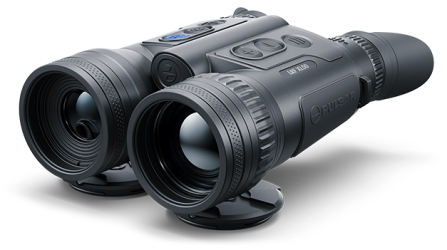 Merger LRF XL50
Thermal Imaging Binoculars
Merger LRF XL50
Thermal Imaging Binoculars
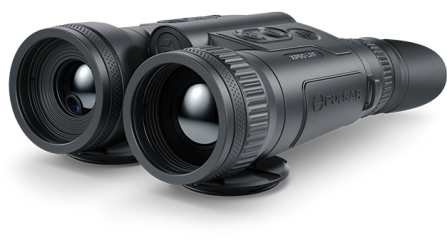 Merger LRF XP50
Thermal Imaging Binoculars
New
Merger LRF XP50
Thermal Imaging Binoculars
New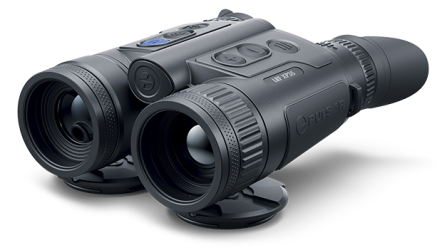 Merger LRF XP35
Thermal Imaging Binoculars
Merger LRF XP35
Thermal Imaging Binoculars
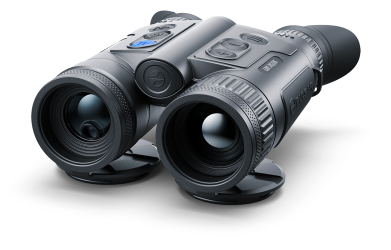 Merger LRF XQ35
Thermal Imaging Binoculars
New
Merger LRF XQ35
Thermal Imaging Binoculars
New Telos
Thermal Imaging Monoculars
New
Telos
Thermal Imaging Monoculars
New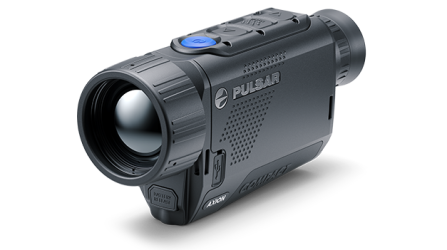 Axion Compact
Thermal Imaging Monoculars
Axion Compact
Thermal Imaging Monoculars
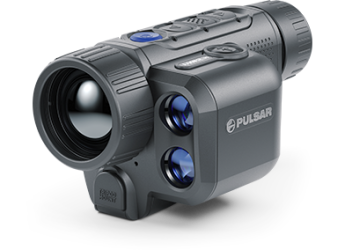 Axion 2 LRF
Thermal Imaging Monoculars
Axion 2 LRF
Thermal Imaging Monoculars
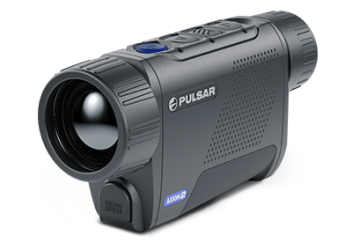 Axion 2
Thermal Imaging Monoculars
New
Axion 2
Thermal Imaging Monoculars
New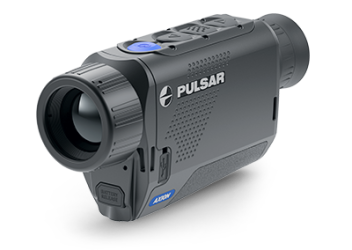 Axion XQ30 PRO
Thermal Imaging Monoculars
Axion XQ30 PRO
Thermal Imaging Monoculars
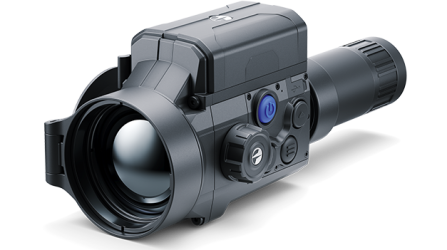 Krypton 2
Thermal Imaging Monocular
Krypton 2
Thermal Imaging Monocular
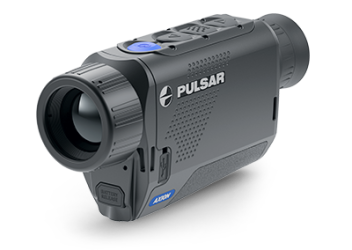 Axion XM30F
Thermal Imaging Monoculars
Discontinued
Axion XM30F
Thermal Imaging Monoculars
Discontinued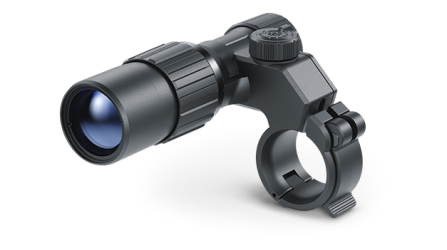 Pulsar Digex-XS
External Infrared Illuminators
Pulsar Digex-XS
External Infrared Illuminators
 APS Batteries
Battery Packs
APS Batteries
Battery Packs
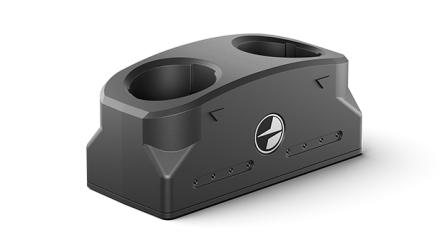 APS Chargers
Battery Chargers
APS Chargers
Battery Chargers
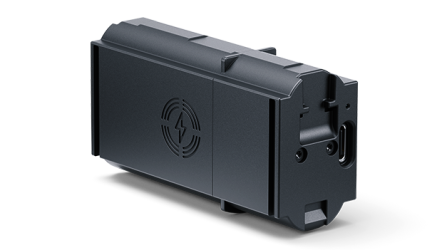 LPS 7i Battery Pack
Battery Packs
LPS 7i Battery Pack
Battery Packs
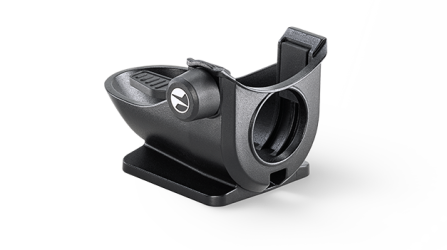 Telos LRF Tripod Adapter
Pulsar Accessories
Telos LRF Tripod Adapter
Pulsar Accessories
 IPS Batteries
Battery Packs
IPS Batteries
Battery Packs
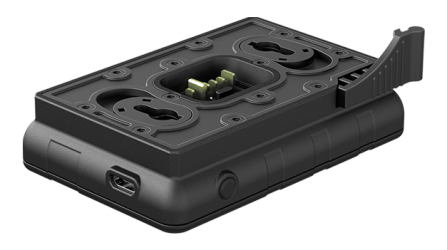 IPS Battery Charger
Battery Charger
IPS Battery Charger
Battery Charger
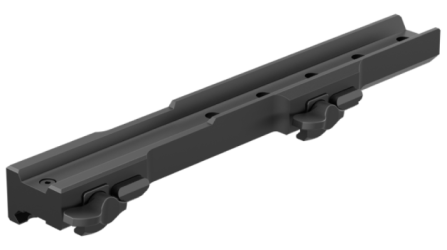 Rifle Mounts
for Pulsar Riflescopes
Rifle Mounts
for Pulsar Riflescopes
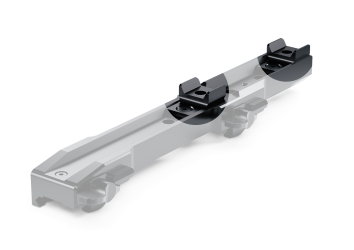 H7 Spacers
Repair Kits
New
H7 Spacers
Repair Kits
New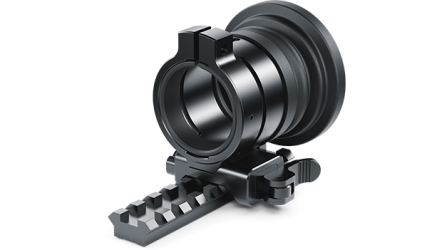 PSP-V Weaver Rail Adapter
Adapter
PSP-V Weaver Rail Adapter
Adapter
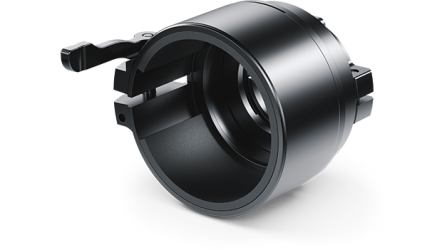 PSP Ring Adapters
Adapters
New
PSP Ring Adapters
Adapters
New PSP-B Ring Adapters
Ring Adapters
PSP-B Ring Adapters
Ring Adapters
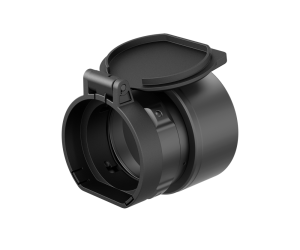 FN Adapters
Cover Ring Adapters
FN Adapters
Cover Ring Adapters
 Remote Controls
for digital devices and thermal imagers
Remote Controls
for digital devices and thermal imagers
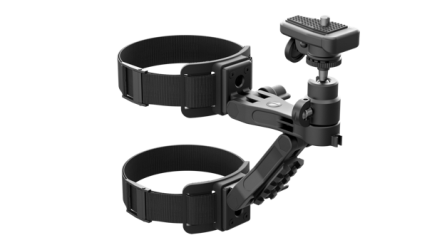 Tree mount
Pulsar Accessories
Tree mount
Pulsar Accessories
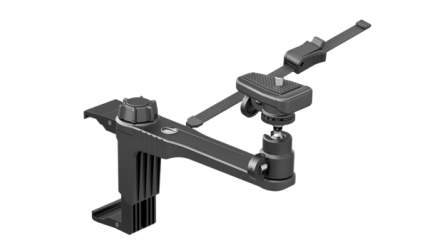 Window Frame Mount
Pulsar Accessories
Window Frame Mount
Pulsar Accessories
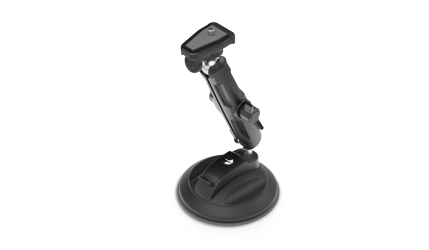 Flat Glass Mount
Pulsar Accessories
Flat Glass Mount
Pulsar Accessories
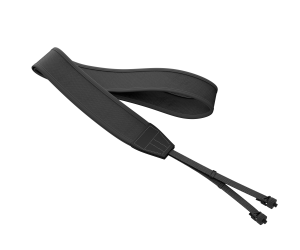 Neck Straps
Accessories
New
Neck Straps
Accessories
New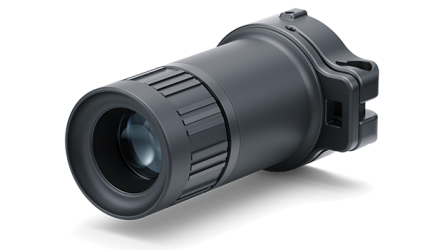 Monocular Pulsar 3x20 B
Accessories
Monocular Pulsar 3x20 B
Accessories
 Thermal Zeroing Targets
Accessories
Thermal Zeroing Targets
Accessories









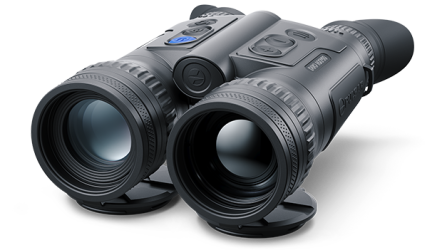
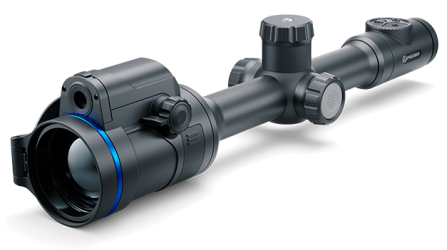
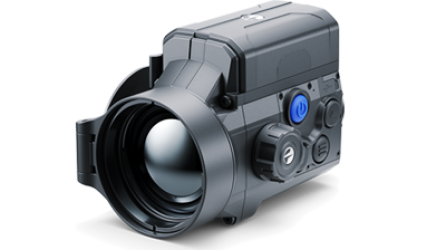
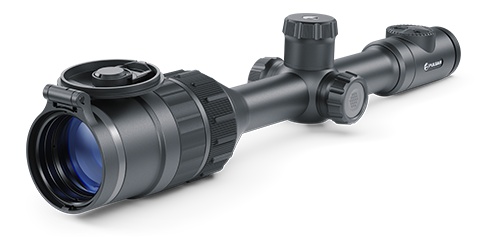
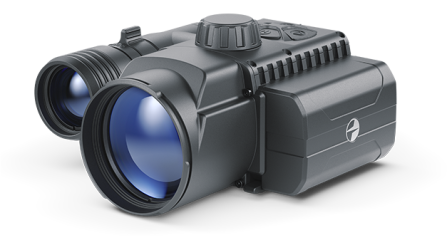
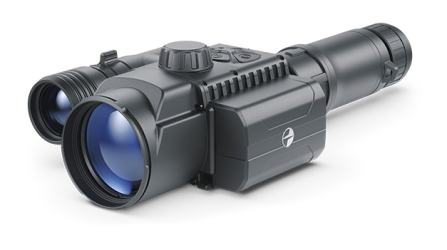



 English
English German
German French
French Spanish
Spanish Italiano
Italiano English
English Lietuvių
Lietuvių
